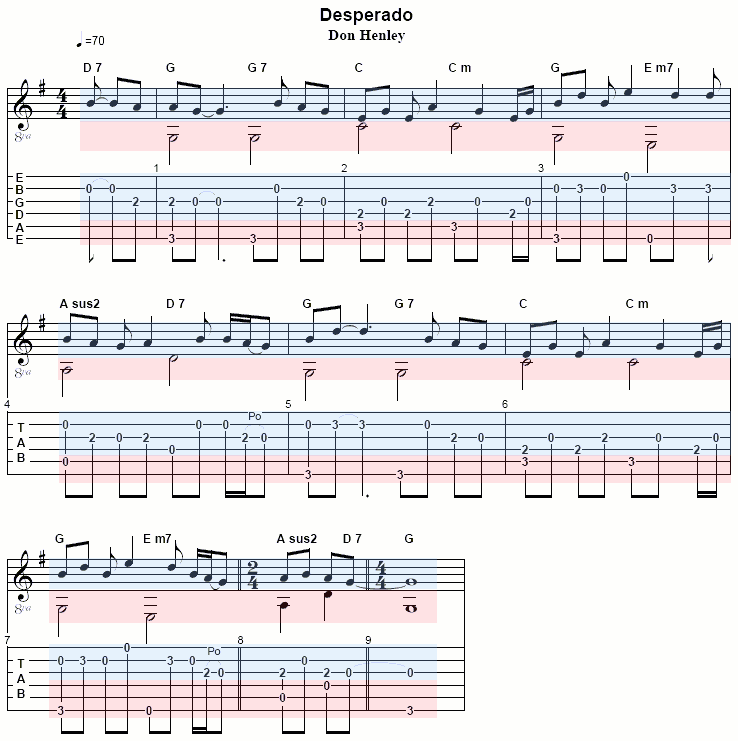
Now alternate accenting a different finger in the roll each time. Pick a combo and stick to it for at least 5 to 10 reps or as long as it takes to get the muscle memory needed before mixing it up, eventually the plan is to be able to switch freely between them.Ģ. The index can alternate between the 2nd and 3rd strings, You can also occasionally hit a 4th string with the index if the previous thumb stroke was a 5th string. The thumb can play either the 5th, 4th, 3rd or 2nd. The middle can stay constant on the first string for now. Basically you will be alternating or “mixing up” which string the thumb and index hits. Mix up which string you play, but stick to the pattern. T M T I M T I M and counted 1 + 2 + 3 + 4 + Using this forward roll picking pattern only. The first exercise is for practicing switching between strings but sticking to the picking pattern used. Lets’s practice the following 5 aspects of banjo pickingġ. This is so you can easily coordinate adjusting the strings played in order to execute the melody or produce other desired sounds. Equally important is the ability to switch the strings freely that you pick within these patterns. As you likely know one of the tricks to playing the banjo is to be able to switch freely between “rolls” or picking patterns. In the real world the Scruggs Style, the patterns used are consistent, but the strings played in these patterns change and change a lot. When learning rolls from tablature its easy to get attached to the strings you FIRST learned the patterns on. To help you learn to use these picking patterns on any combination of strings I am purposely not providing the strings to play with tablature, but only the pattern of the fingers used, for instance T I M T M I T M. It’s important to understand that “banjo rolls” or picking patterns are not based on the strings played but the pattern of the fingers used.

I’m going to give you a picking exercise with a few different aspects of picking to work on.

If we can take a step back and see the big picture it should be obvious that if we spend more of our practice time building the skills needed to play songs and improve our overall capabilities, completed songs, jamming and real results should fall right into place. However in my workshops it’s been my observation that students are burning a lot of practice time by only sight-reading tablature and not achieving the results they desire. When learning the banjo it’s only natural to want to learn songs and seek tangible results right away by playing a song.
#Tabledit sharp note series#
I’m starting a series of teaching articles to help banjo students improve their overall skills by getting a “Banjo Workout”. Ross Nickerson Banjo player and Banjo teacher Workshops for Banjo with Ross Nickerson.


 0 kommentar(er)
0 kommentar(er)
